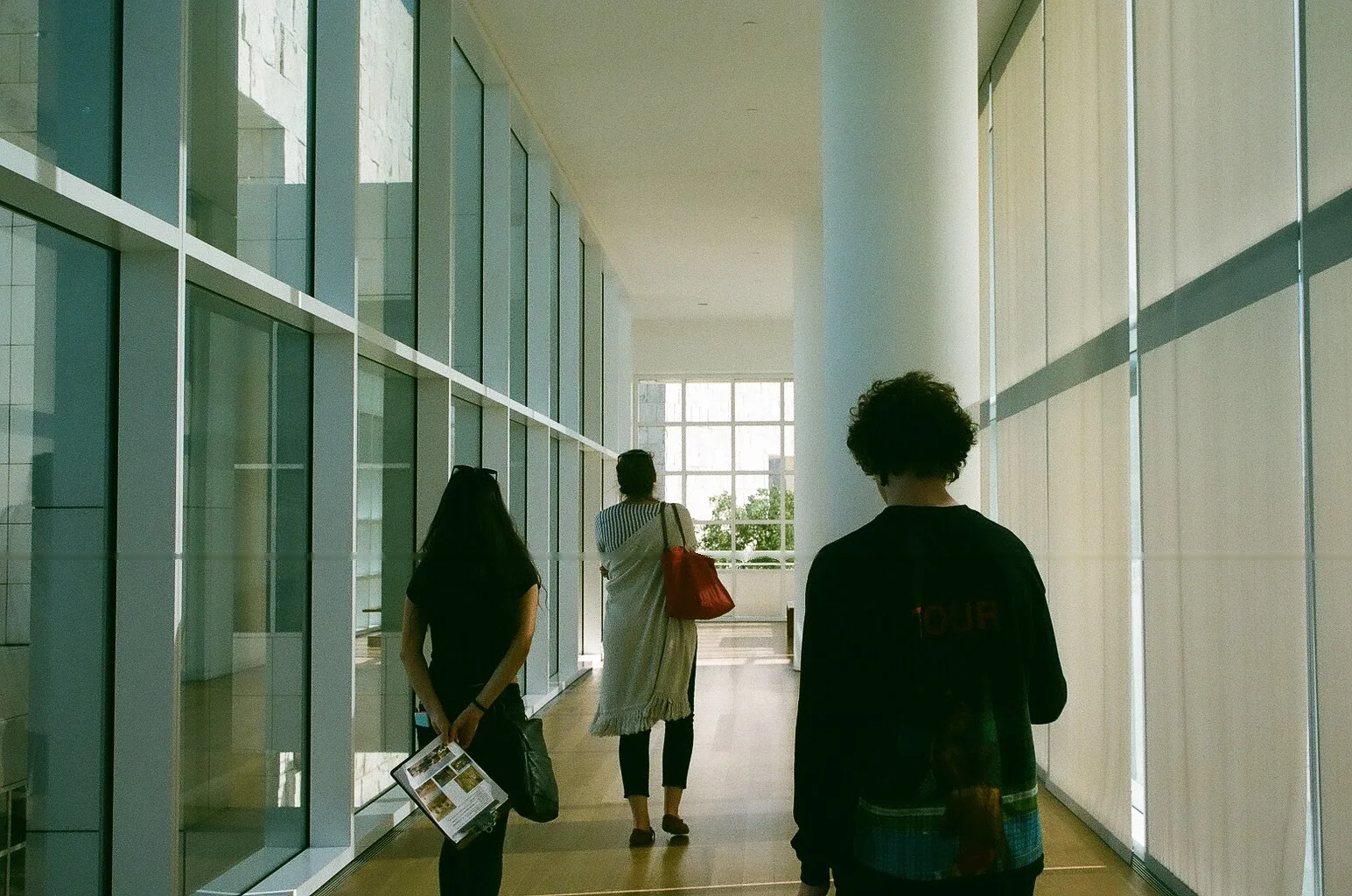advanced placement art history
average score achieved by my students is 4.1
The AP Art History course explores such topics as the nature of art, its uses, its meanings, art making, and responses to art. Through investigation of diverse artistic traditions of cultures from prehistory to the present, the course fosters in-depth and holistic understanding of the history of art from a global perspective. Students learn and apply skills of visual, contextual, and comparative analysis to engage with a variety of art forms, constructing understanding of individual works and interconnections of art-making processes and products throughout history. All-in-all students study 250 artworks from all over the world in time periods from prehistoric to contemporary.
Lecture
Over the year students are exposed to a traditional lecture college style survey art history course. They learn the curriculum through the four major outlined categories of Form, Function, Content and Context. Form is an indication of the material, size and contributors. Function is the format we use to discuss its use, what do people do with it? Content is the meaning behind the work, what the artist is trying to portray, or the observers interpretation. Lastly, Context is the information, historical events and personal issues that surround the artwork and help us to understand it better.
in action
After students have learned the curriculum and these visual analysis tools they are asked to apply them to their own artistic practice. My proposal to the students is.. How can you really appreciate the artwork if you have never experienced the creation process yourself? We navigate through this by using the themes, trends and motifs we have discussed in the course and their own personal context. The exploration of studio materials through these themes helps for students to explore their own identity and therefore drastically emphasizing the learning process. Look below for another example of activities that are preformed by my AP students.
Retrospective presentations
For now until the end of school my students are presenting on artist they feel are important in the history of art. They are required to present a retrospective of at least 10 works of art and show how through this progression we can learn more about the artist. They are also expected to discuss context and content connected to these works and discuss how the form helps develop the meaning of the work. They are also expected to incorporate and engaging activity related to the artist for the whole class to participate in.
For this presentation my student did a retrospective presentation on Jenny Holzer and American conceptual artist who influences people with her controversial words in public spaces; allowing the viewer to become a part of the artwork. Questioning society, rules, government and basic humanistic traditions. Her work causes us to question everything. At the end of her presentation she pulled out a projector and had each student write a phrase or quote about what they deem important. And the picture here is just an example of one students response. Just like Holzer's later work in which she projects text all over the world we projected environmentally significant quotes on our classroom wall.
















